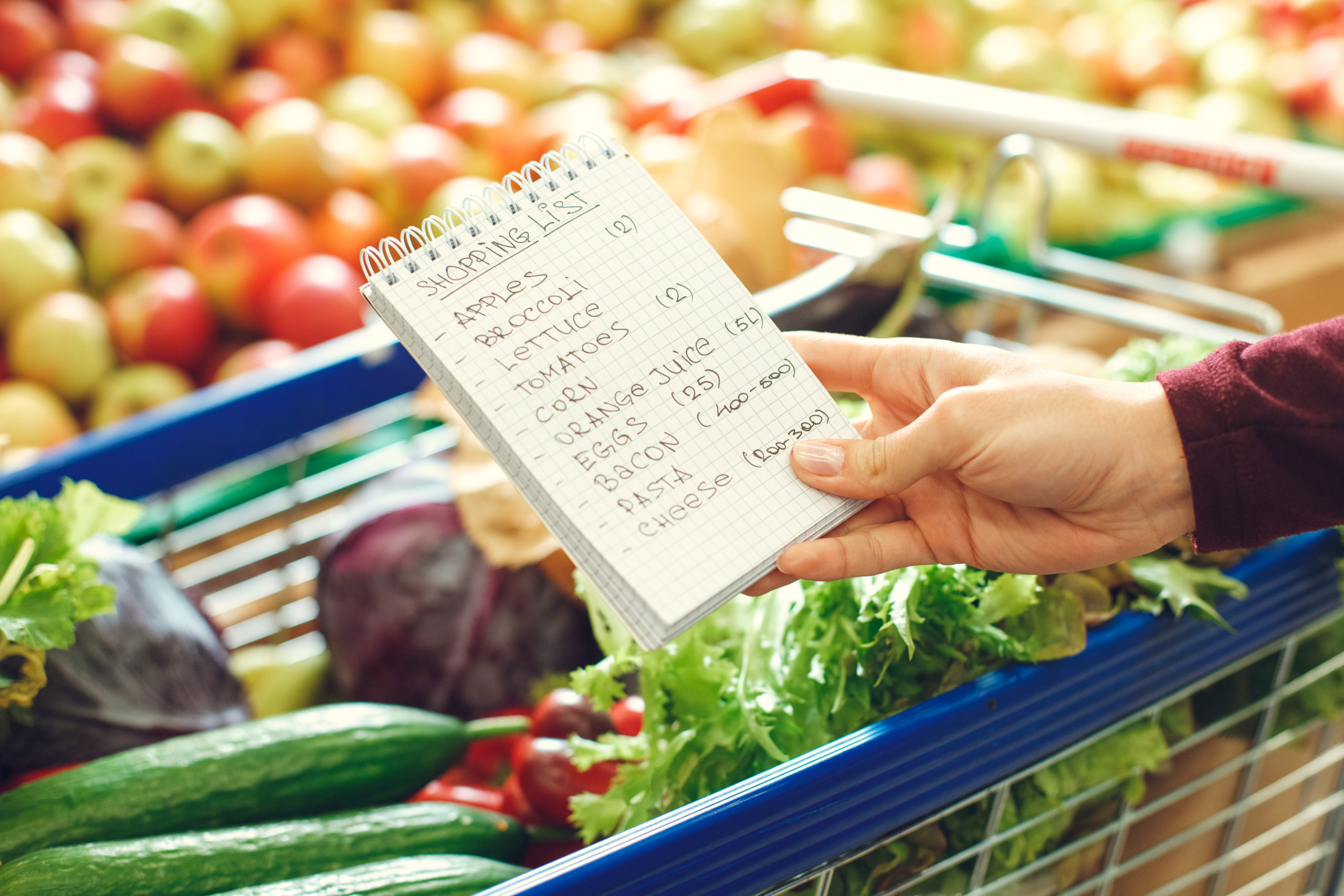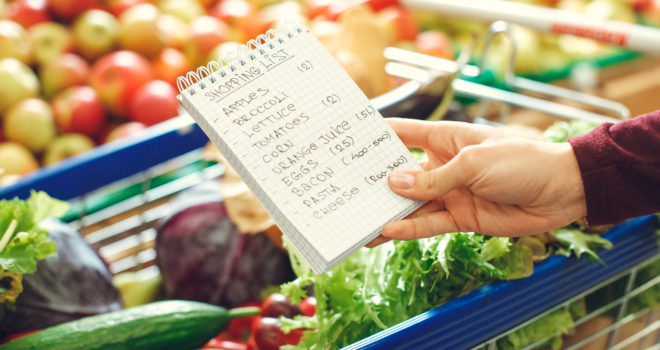Practical Ways to Live the Virtue of Thrift
Even in our modern secular world, the word “thrift” has a Catholic connection. According to a May 18, 2019, comment by Pope Francis during a meeting with the Federation of European Food Banks, the Pope warned against food waste that underscores “a lack of concern for others… Fighting against the terrible scourge of hunger means […]



Even in our modern secular world, the word “thrift” has a Catholic connection. According to a May 18, 2019, comment by Pope Francis during a meeting with the Federation of European Food Banks, the Pope warned against food waste that underscores “a lack of concern for others… Fighting against the terrible scourge of hunger means also fighting waste….To throw food away means to throw people away,” the pope added.
As one spending season ends and a new year begins, hopefully people are focusing on the word “thrift.” One dictionary meaning is “careful management of material resources.” For thoughtful home cooks, it’s time to whip up thrifty meals. And that means market shopping carefully to select wholesome—and affordable—ingredients. And to further cut food costs, it’s best to avoid fast-food eateries that add dollars to your food budget and too many calories to burn! Some takeout burgers can range up to 650 calories each!
According to the writer at this website, the best cost-saver is to cook all meals at home. “No restaurants, fast food, coffee, or bars,” she wrote. “The meal plan is starting with whatever ingredients you have on hand. Make a shopping list and buy what you need. Don’t plan complicated meals that require specialty ingredients.” And don’t buy eye-catching goodies that you may never use, such as fancy pasta dishes, pricey cuts of meats, and precooked bakery items.
The best tips for thrifty food shopping and cooking include:
1. Create a shopping list. Plan your meals ahead and stock the food pantry with food items on sale or have a discount coupon available. Pick a good supermarket that has moderately priced foods or features its weekly sale bonus.
2. Plan upcoming meals—such as soups or stews—that can be used for more than just one meal. Even picking dishes such as those calling for pasta or grains can also cut down on costs.
3. Cook meals with ingredients on hand. That means you don’t need to rush to market to buy specialty goods, which may be more costly than you can afford. And it is possible these ingredients, if not needed for a future dish, will just go to waste. Also prepare simple recipes calling for ingredients you often use anyway.
4. Do the chopping and cutting yourself. Buying already prepared produce and meats means you end up paying more for something you can do at home yourself, like chopping peppers, cutting up fruit, or cutting up whole chickens. Also be sure to buy vegetables and fruits that are in season locally—otherwise, if shipped from overseas, the costs are higher.
5. Don’t discard any new ingredients if these seem to be spoiling—either cook or freeze them. Don’t waste any leftovers if you can freeze them for later use.
To further summarize food thrift, the FDA offers these and other consumer tips:
1. Refrigerate peeled or cut veggies for freshness and to keep them from going bad.
2. Use your freezer! Freezing is a great way to store most foods to keep them from going bad until you are ready to eat them. Check the FoodKeeper App for information on how long different items can be stored in the freezer.
3. Create a designated space in your fridge for foods that you think will be going bad within a few days. Check your fridge often to keep track of what you have and what needs to be used. Eat or freeze items before you need to throw them away.














